The idea that much of what we know about our ancient world is only a fragment of a larger, hidden story is both thrilling and deeply humbling. Imagine walking along a coastline, completely unaware that beneath the breaking waves and shifting sands lie the remains of entire cities, temples, and civilizations lost to time. Underwater archaeology is revealing that the pages of human history are far from complete. Across our oceans, lakes, and rivers, submerged landscapes are whispering secrets of ancestors who once thrived where water now reigns. Every discovery stirs a sense of wonder—and perhaps a little frustration—at just how much remains concealed beneath the surface. If what we see on land is only the visible tip of humanity’s past, what astonishing chapters might still await us underwater?
The World Beneath the Waves: A Hidden Archive
Beneath the tranquil surfaces of seas and lakes lies an immense archive of humanity’s past, silently preserved by the water’s embrace. These submerged sites range from ancient settlements and harbors to entire cities swallowed by rising seas or shifting riverbanks. What’s most astonishing is that scientists now believe a significant portion of early human habitation zones are underwater, especially those from the last Ice Age when sea levels were much lower. The ocean acts like a protective vault, often preserving wooden structures, artifacts, and even footprints far better than dry land. With each dive, archaeologists are not just searching for lost objects—they are piecing together the missing links of civilization itself. The sheer scale and diversity of these underwater archives challenge our very understanding of where and how our ancestors lived.
Sea Level Rise and the Vanishing Coastlines
During the last glacial maximum, some 20,000 years ago, sea levels were up to 120 meters lower than today, exposing vast coastal plains that humans called home. As the planet warmed and ice sheets melted, the oceans rose, swallowing millions of square kilometers of land. Imagine entire landscapes—villages, hunting grounds, and sacred sites—submerged within just a few generations. This dramatic environmental shift forced populations to migrate and adapt, leaving behind traces now hidden beneath the waves. Every ancient shoreline that now lies underwater represents a forgotten chapter of migration, innovation, and daily life. Scientists estimate that up to 20% of early archaeological sites worldwide may have been claimed by the sea, leaving us with tantalizing puzzles about our origins.
The Mysteries of Doggerland: Europe’s Lost Atlantis
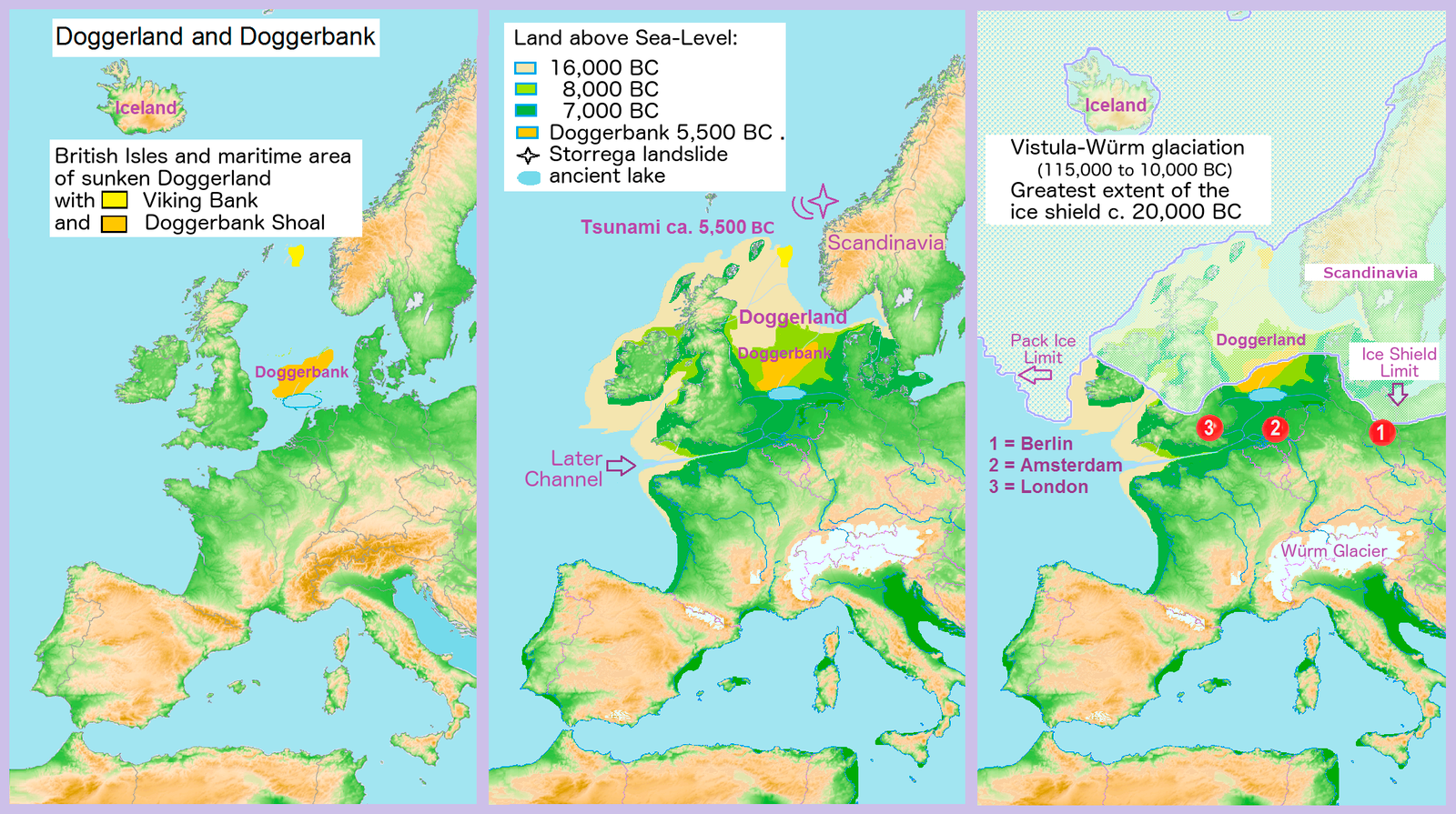
Doggerland, often called “Europe’s Atlantis,” once connected Britain to mainland Europe and was home to thriving Mesolithic communities. Today, this vast landmass lies beneath the North Sea, but evidence of its existence comes in the form of flint tools, animal bones, and even ancient forests discovered by fishermen and researchers. Scientists have mapped river valleys, lakes, and even possible settlement sites hidden beneath the silt. The submersion of Doggerland around 8,000 years ago was likely catastrophic for its inhabitants, forcing mass migrations and cultural upheavals. The story of Doggerland reminds us that entire societies can vanish almost without a trace, their stories waiting to be rediscovered beneath the sea.
Ancient Cities Swallowed by the Mediterranean
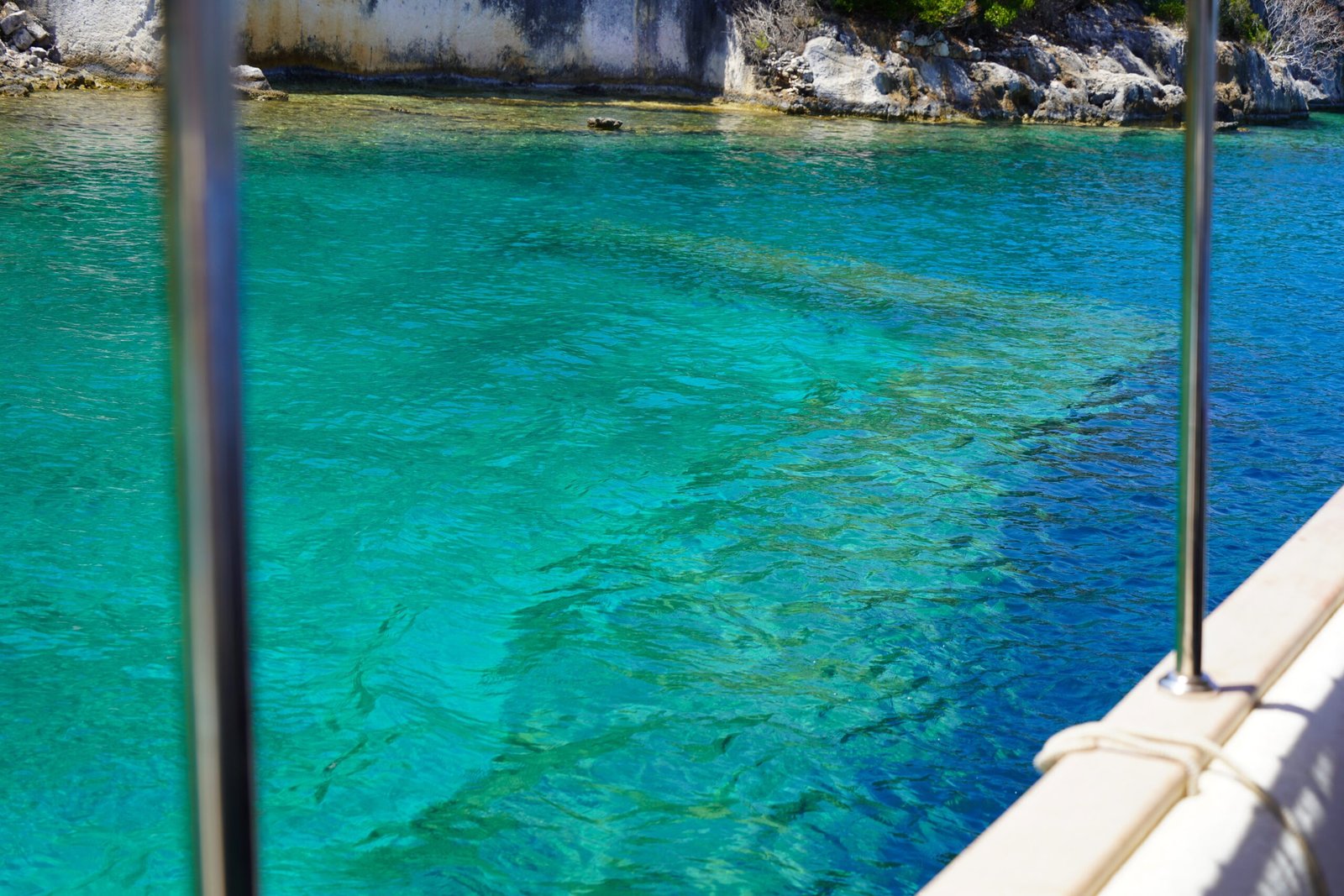
The Mediterranean Sea hides some of history’s most enchanting submerged cities. Off the coast of Egypt, the lost cities of Thonis-Heracleion and Canopus slumbered beneath the waves for over a thousand years before being rediscovered in the early 2000s. Archaeologists have uncovered temples, statues, and shipwrecks remarkably preserved in the silty seabed. These cities were bustling trade hubs, linking Egypt with Greece and the wider ancient world. Their sudden submergence, likely due to earthquakes and soil liquefaction, serves as a dramatic example of nature’s power to erase entire civilizations. Each artifact retrieved brings to light forgotten customs, beliefs, and moments of daily life from a world long vanished.
Submerged Temples and Lost Shrines in Asia
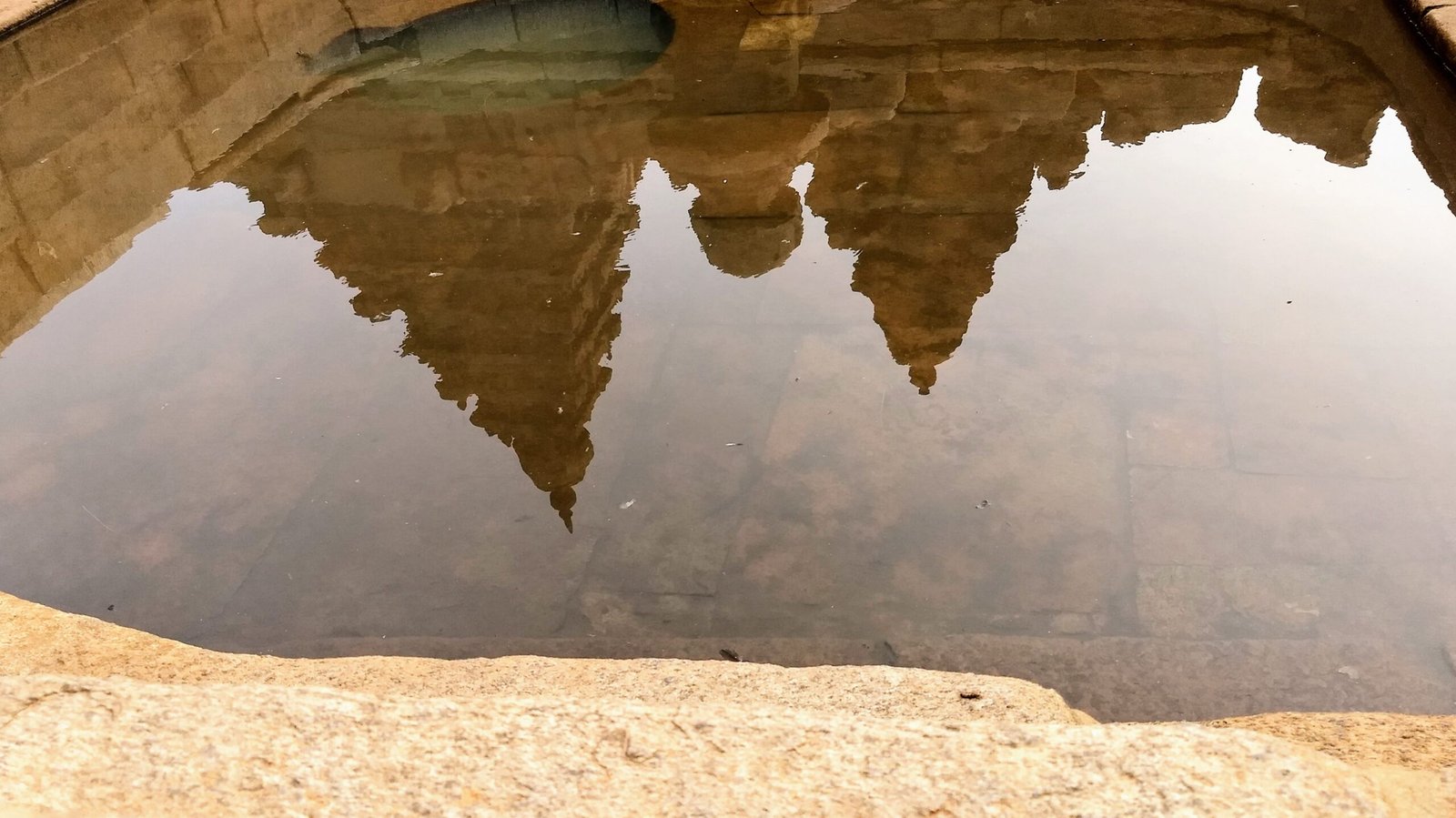
Asia’s coastlines are dotted with legends of sunken temples and sacred places now hidden beneath the waves. In India’s Gulf of Khambhat, sonar scans have revealed structures that some believe may be ancient cities older than the Indus Valley civilization. Off the coast of Japan, the mysterious Yonaguni Monument features massive stone formations that some argue are remnants of a lost culture, though debate rages about whether they are natural or man-made. In Southeast Asia, the ruins of old temples can sometimes be glimpsed at low tide, hinting at once-thriving spiritual centers. These submerged sites stir the imagination and challenge our understanding of where the roots of Asian civilizations truly lie.
Climate Change: A Force That Reshaped Human History
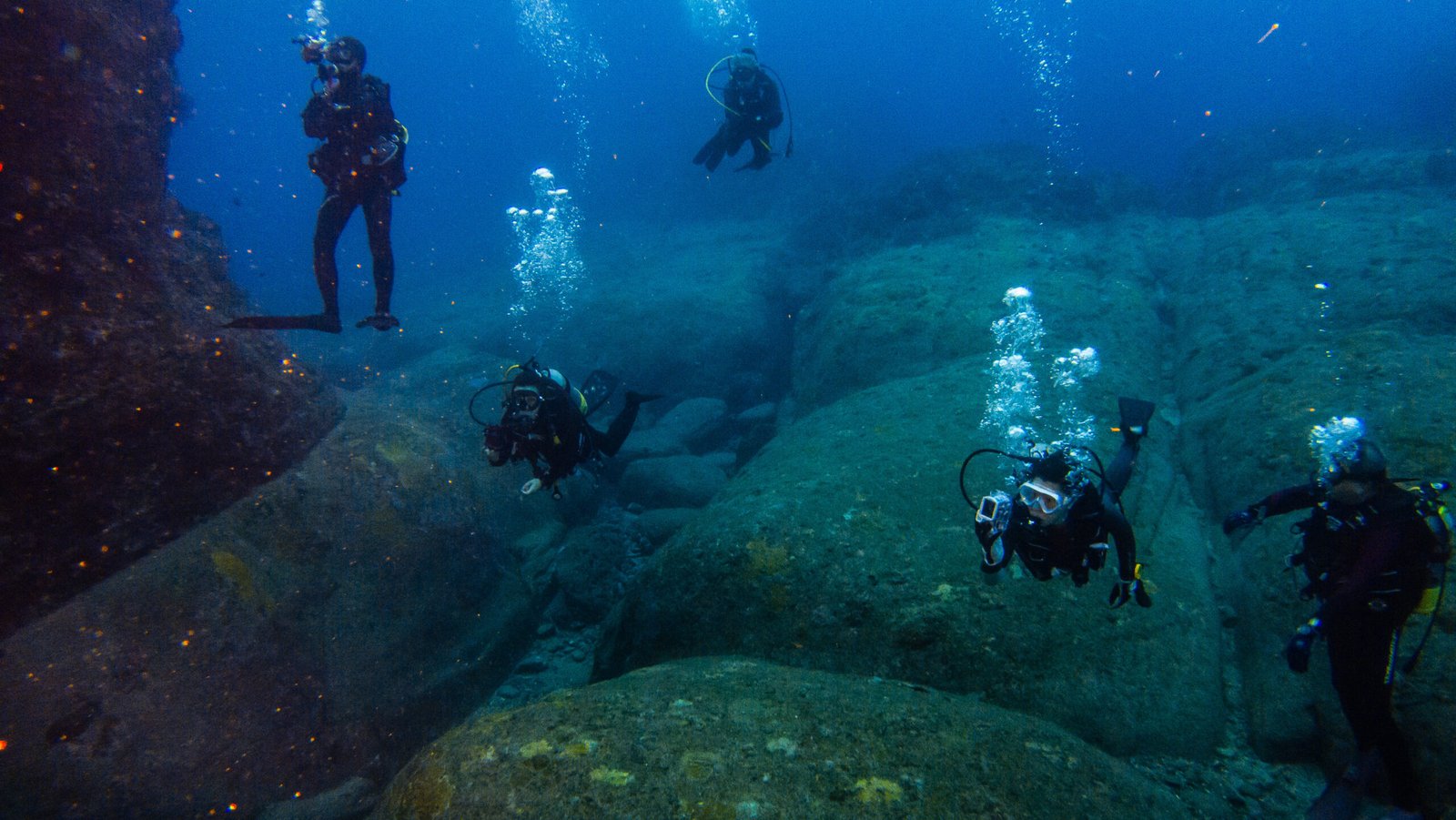
Climate change is not just a modern concern; it has been shaping human destinies for tens of thousands of years. Rising seas, shifting rivers, and catastrophic floods have repeatedly forced populations to move, adapt, or vanish. The submersion of coastal settlements has erased vital evidence of how societies responded to ancient climate events. By studying submerged sites, scientists can reconstruct patterns of resilience, innovation, and collapse that echo through to the present day. These watery graves are more than historical curiosities—they are testaments to humanity’s enduring battle with the forces of nature. Understanding these ancient stories could even help us navigate our own uncertain future.
The Silent Witnesses: Shipwrecks and Sunken Artifacts
Sunken ships are more than just relics; they are time capsules, preserving moments of trade, exploration, and sometimes tragedy. The ocean floor is strewn with vessels ranging from prehistoric log boats to Roman galleys and World War II submarines. Each shipwreck tells a story—of ambitious journeys, lost cargoes, and the perils of the sea. For archaeologists, these sites offer unique insights into ancient technologies, trade networks, and daily life on board. Sometimes, personal belongings like shoes, tools, or even written records survive, offering an intimate glimpse into lives long gone. Shipwrecks are silent witnesses, waiting patiently for their stories to be heard.
Rewriting Prehistory: Evidence from Underwater Sites
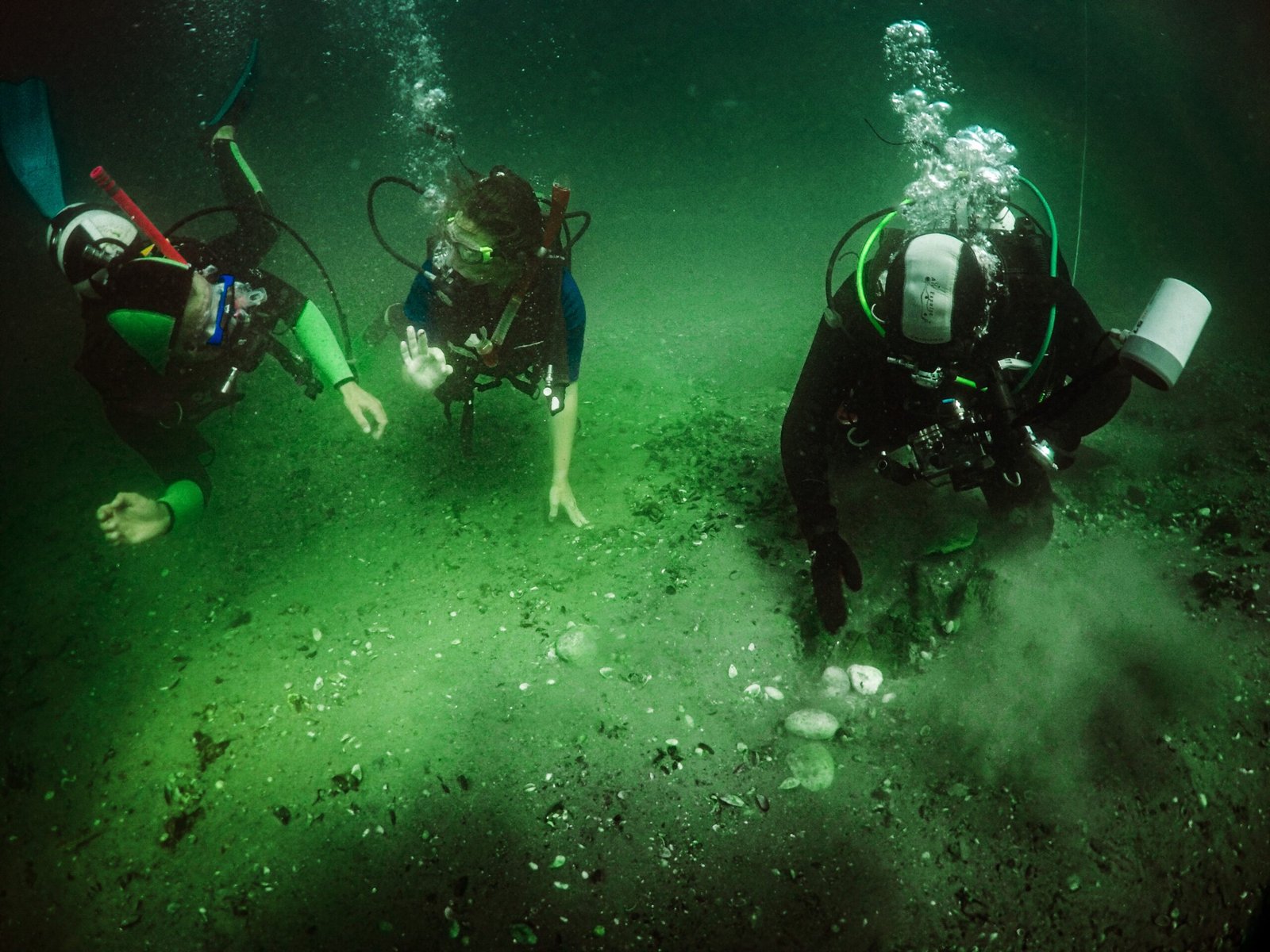
Underwater discoveries have often upended what we thought we knew about the past. For instance, submerged stone tools off the Australian coast suggest that Indigenous people inhabited these now-lost lands for thousands of years more than previously believed. In the Black Sea, perfectly preserved settlements reveal details about early farming societies and their rituals. These finds force historians and archaeologists to revise timelines, challenge accepted theories, and ask new questions about migration, innovation, and cultural exchange. The stories hidden underwater are not just footnotes—they are rewriting the very narrative of human prehistory.
The Challenges of Underwater Archaeology

Exploring the deep is not for the faint of heart. Underwater archaeology demands specialized equipment, from scuba gear and submersibles to advanced sonar and remotely operated vehicles. The work is painstaking and often dangerous, with poor visibility, strong currents, and the ever-present risk of damage to fragile artifacts. Conservation is another challenge; once artifacts are brought to the surface, they can quickly deteriorate if not treated properly. Yet, the allure of discovery keeps divers and scientists pushing boundaries. Each expedition is a blend of science, adventure, and detective work, fueled by the hope of revealing a new piece of our shared past.
Technological Breakthroughs: Seeing the Unseen

Recent advances in technology have revolutionized underwater exploration. Multibeam sonar, underwater drones, and high-resolution mapping tools now allow archaeologists to “see” through layers of silt and mud, revealing structures once thought lost forever. Satellite imagery and AI-powered analysis can predict where ancient coastlines and settlements might be found. Virtual reality is bringing submerged worlds to life for the public, making previously inaccessible sites available to anyone with a headset. These innovations are not only accelerating discoveries but also making underwater archaeology less intrusive, preserving delicate environments for future generations.
The Human Stories Beneath the Surface
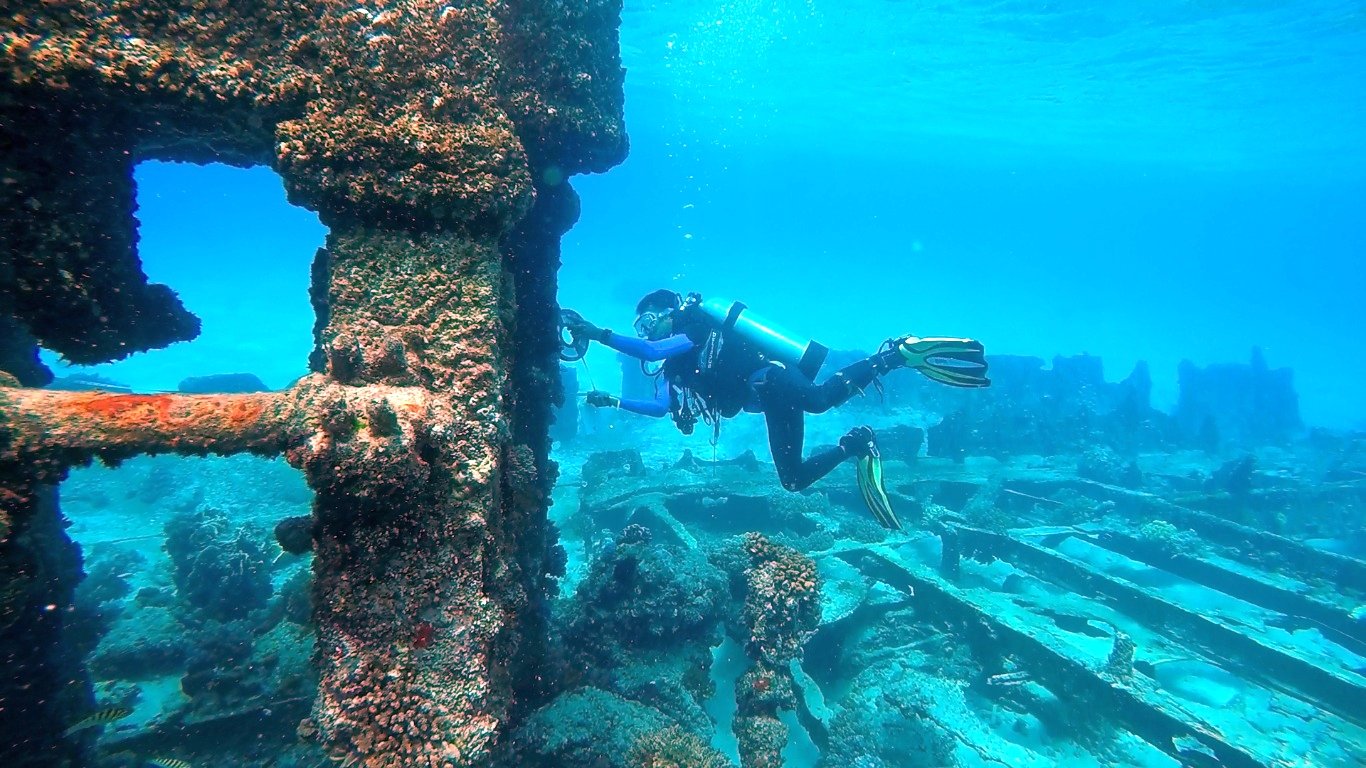
Every submerged site is ultimately a story about people—their hopes, fears, triumphs, and tragedies. In the Black Sea, archaeologists have found ancient amphorae still sealed with wine, suggesting festive gatherings cut short by disaster. Tools and jewelry discovered in underwater caves hint at rituals and daily routines, bridging the gap between then and now. Child footprints preserved in submerged mudflats evoke the innocent play and curiosity of generations long gone. These human moments, frozen in time, remind us that history is not just about grand events but also about the small, personal details that make us who we are.
Myth, Legend, and Underwater Discoveries
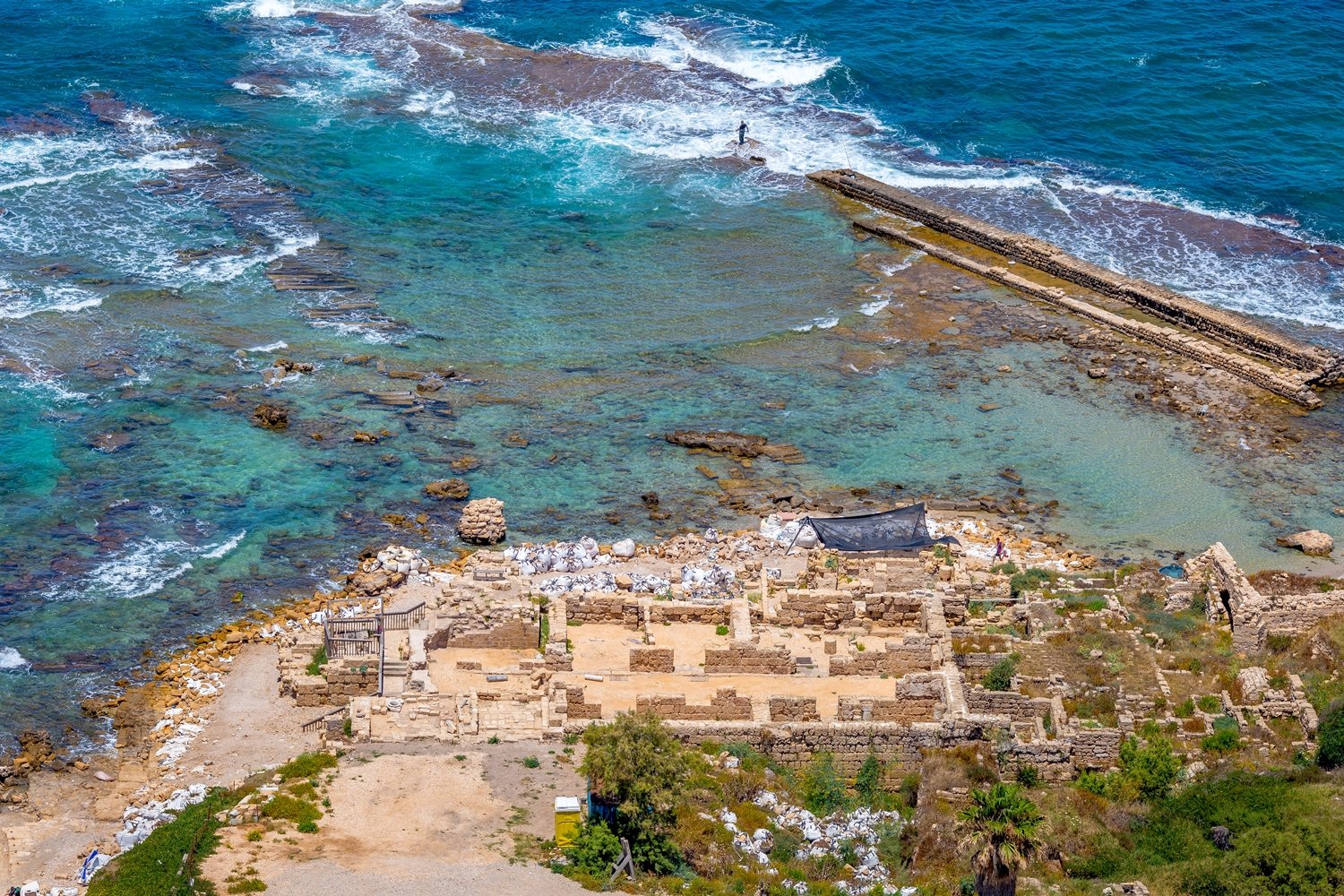
Many ancient myths and legends speak of cities swallowed by the sea—Atlantis, Ys, and Lemuria, to name just a few. While most remain in the realm of fantasy, underwater archaeology sometimes uncovers kernels of truth behind these stories. The discovery of real lost cities, like those off the Egyptian and Greek coasts, gives new weight to old tales and suggests that ancient peoples may have witnessed dramatic events that inspired enduring myths. These legends often serve as clues, guiding explorers to places where reality and imagination blur, and new finds might yet emerge.
The Importance of Protecting Submerged Heritage
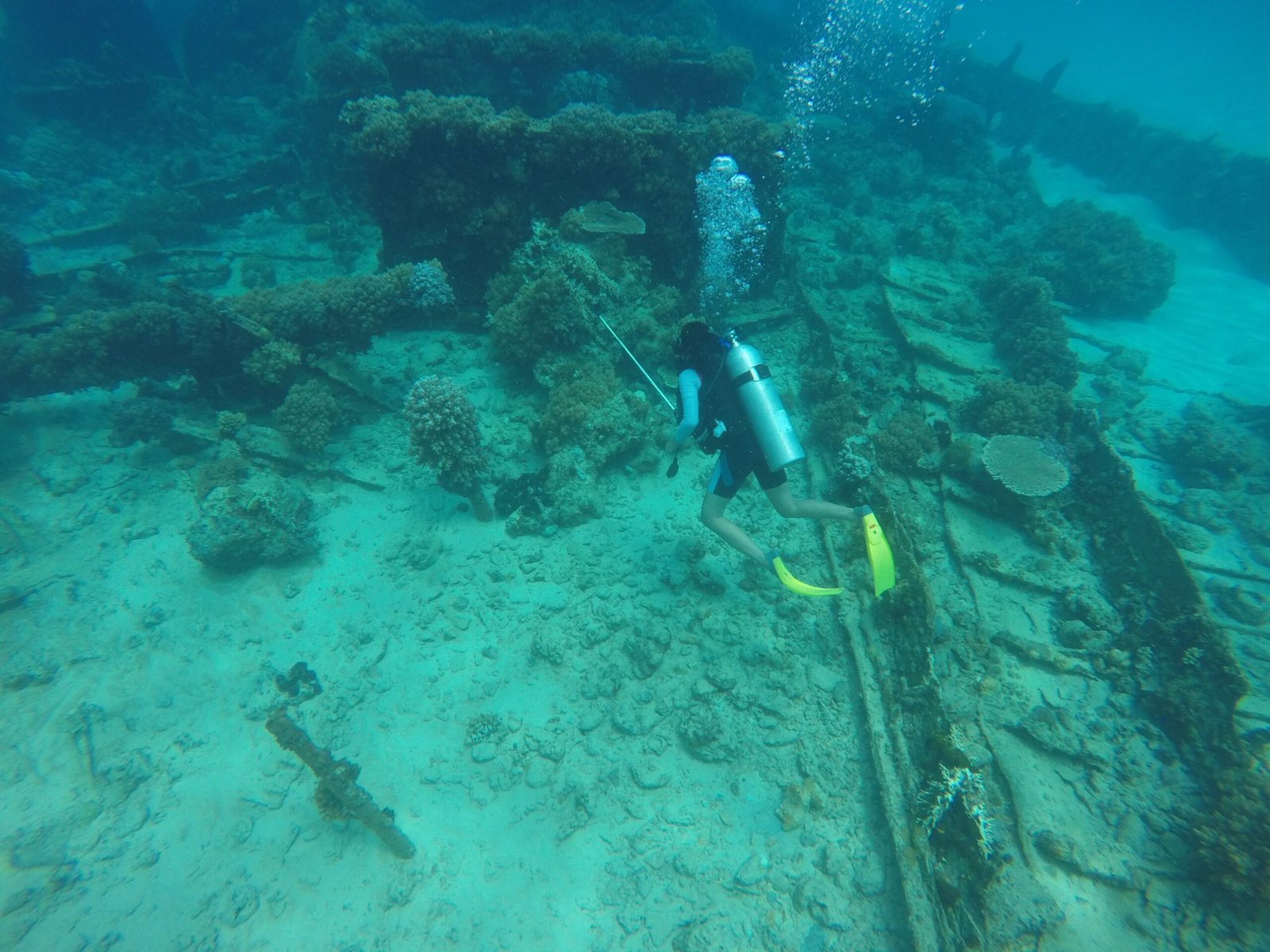
Submerged archaeological sites face threats from looters, commercial fishing, pollution, and even climate change itself. Once damaged, these delicate environments and the stories they hold can be lost forever. International efforts are underway to catalog and protect underwater heritage, recognizing its value not just for science but for all humankind. Public awareness campaigns, legal protections, and community involvement are crucial in preserving these sites for future generations. By safeguarding our submerged past, we are ensuring that its lessons and wonders remain part of our collective memory.
Unlocking the Future: What Lies Undiscovered?
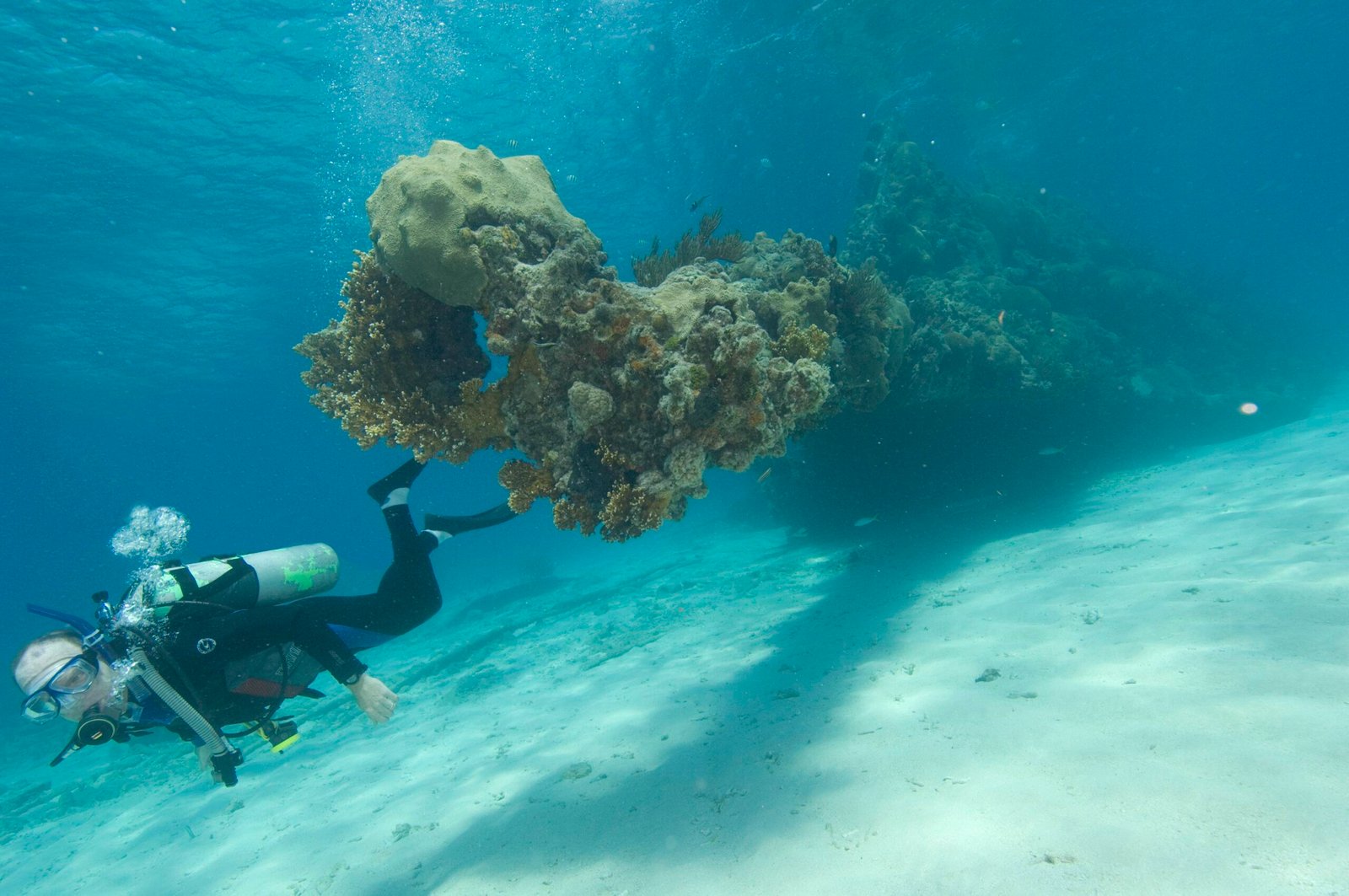
Despite all we have found, scientists believe we have barely scratched the surface. Vast swathes of ocean floor remain unexplored, especially in remote or murky waters. New discoveries are being made every year, hinting at the staggering amount of history still waiting to be uncovered. As technology improves and curiosity grows, the pace of underwater exploration is set to accelerate. The next big find could change everything we thought we knew about humanity’s journey. The mystery of what lies beneath continues to inspire and challenge us.
How Submerged Sites Connect Us All
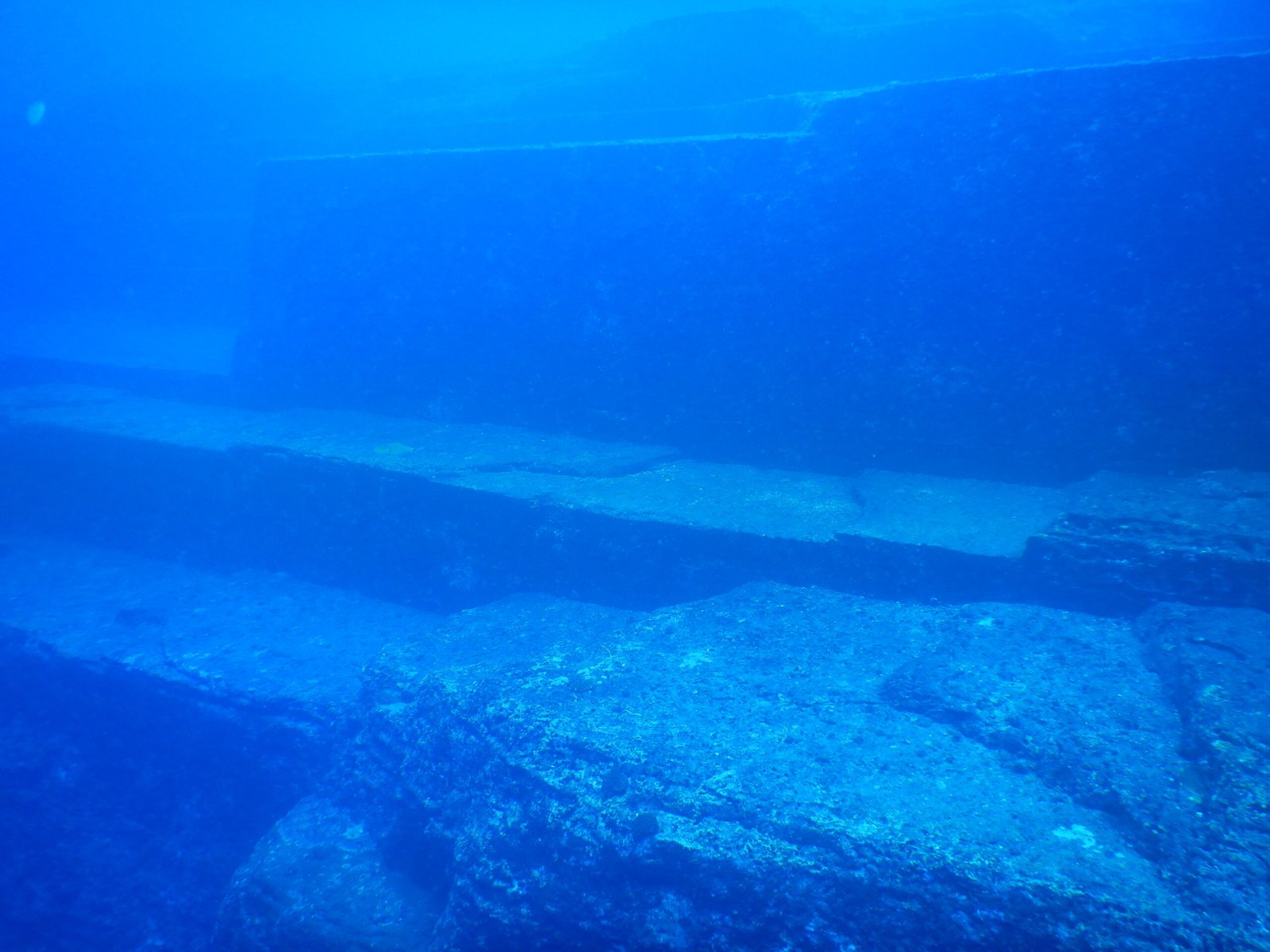
The stories emerging from beneath the water remind us that human history is not just a collection of isolated events, but a tapestry woven from many threads. Coastal migrations, climate shifts, and rising seas have shaped the destinies of people across continents. The submerged past connects us to ancestors we never knew and places we never imagined. By exploring and understanding these hidden chapters, we gain a deeper appreciation of both our shared vulnerabilities and our capacity for resilience. The water that once divided us now unites us in our quest to remember.
A Call to Curiosity: The Journey Continues
Beneath every wave and in every flooded valley, the echoes of forgotten lives and lost worlds await. The challenge is not just for scientists or divers, but for anyone with a sense of wonder and a desire to know where we come from. Each new discovery has the power to reshape our understanding of the past and inspire future generations to keep searching, questioning, and imagining. What extraordinary stories might still lie hidden beneath the surface, waiting for the right moment to be revealed?



